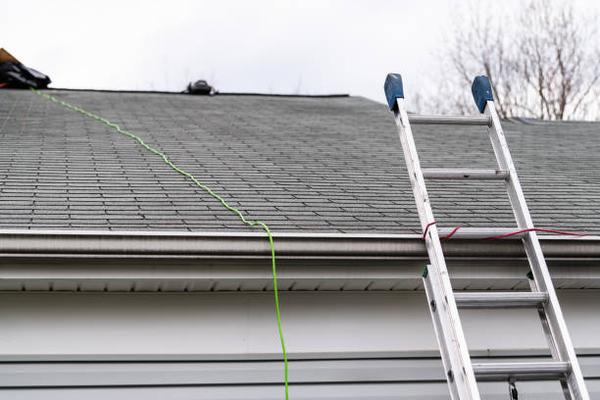Asbestos Surveys Explained: A Step for Safer Real Estate Investments
Asbestos is a naturally occurring mineral that was commonly used in construction materials for decades due to its fire-resistant and insulating properties. However, it was later discovered that exposure to asbestos fibers can cause serious health issues, including lung cancer and mesothelioma. As a result, the use of asbestos in building materials has been banned in many countries around the world.
Despite the ban on asbestos, many older buildings still contain asbestos-containing materials (ACMs). These buildings pose a potential health risk to occupants and workers if the ACMs are disturbed or damaged. To address this issue, property owners are required to conduct asbestos surveys to identify any ACMs present in their buildings.
An asbestos survey is a thorough inspection of a building to assess the presence of ACMs. The survey is typically conducted by a licensed asbestos surveyor who will collect samples of suspected ACMs for analysis in a laboratory. The results of the survey will determine whether or not ACMs are present in the building and what actions need to be taken to manage them safely.
There are two main types of asbestos surveys: management surveys and refurbishment/demolition surveys. A management survey is required for all non-domestic buildings built before 2000, while a visit our page refurbishment/demolition survey is required before any renovation or demolition work takes place on a building.
During an asbestos management survey, the surveyor will inspect all accessible areas of the building for signs of ACMs. This may include sampling materials such as ceiling tiles, floor tiles, insulation, and pipe lagging. The surveyor will also assess the condition of any identified ACMs and recommend appropriate measures for managing them safely.
In contrast, an asbestos refurbishment/demolition survey is more intrusive and involves destructive testing methods to access hidden areas where ACMs may be present. This type of survey is necessary when major renovation or demolition work is planned so that any ACMs can be removed safely before work begins.
By conducting an asbestos survey before purchasing or renovating a property, investors can protect themselves from potential liabilities associated with ACMs. If ACMs are identified during a survey, property owners must take appropriate measures to manage them safely according to regulations set forth by local authorities.
In conclusion, investing in real estate comes with inherent risks – including those related to hazardous substances like asbestos. By conducting an asbestos survey as part of their due diligence process, investors can ensure they are making safer investments that protect both their financial interests and the health of future occupants.







